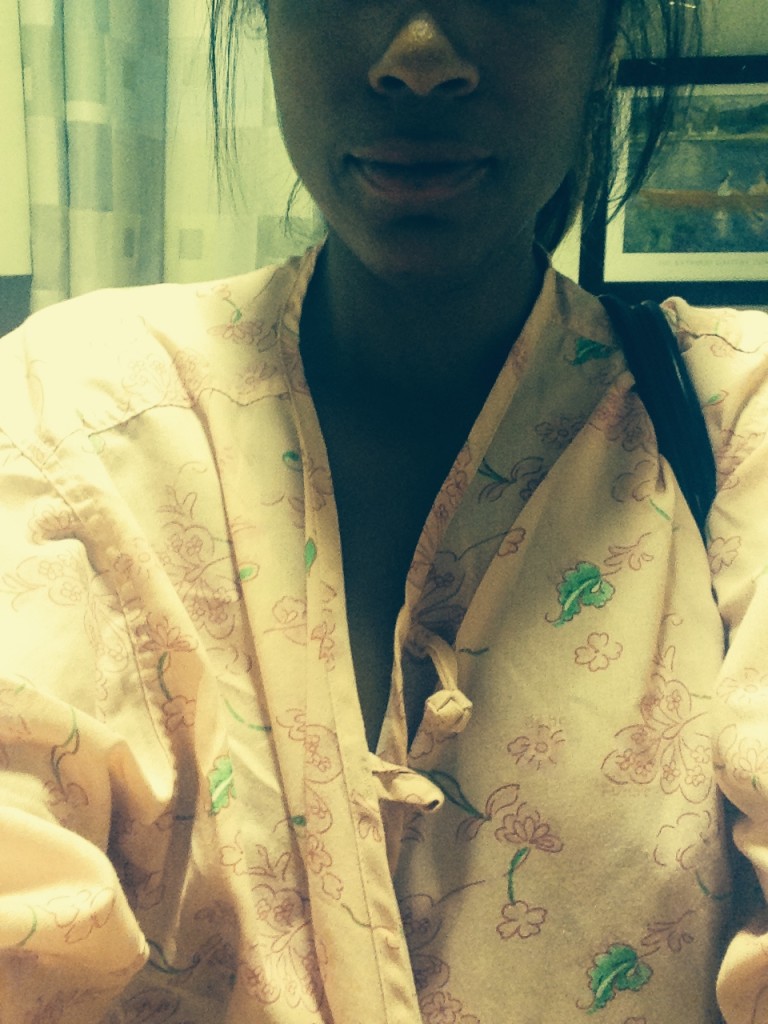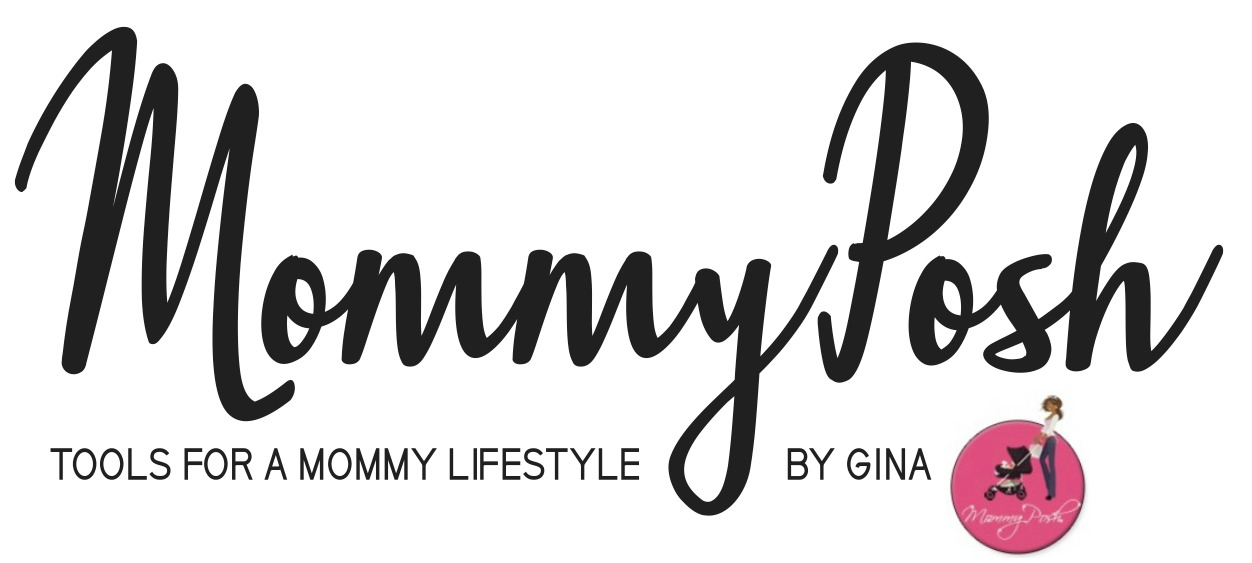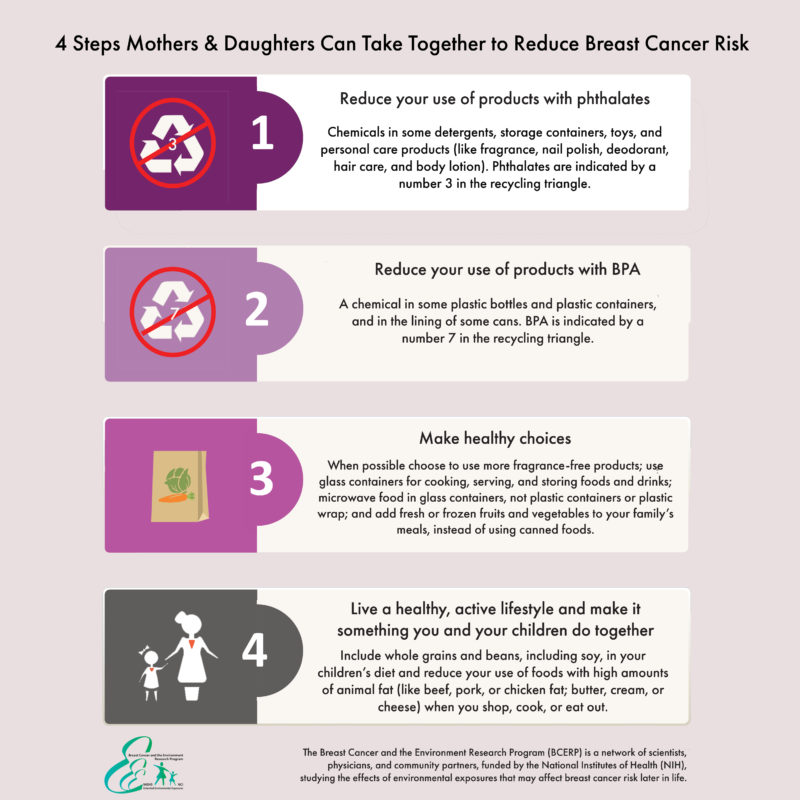October is Breast Cancer Awareness Month and we must make it a point to educate ourselves – both men (yes, even men can get breast cancer) and women – on risk factors, ways to reduce the risk of breast cancer and learn how to give ourselves a breast exam. And remember, if you are over 40 years of age or if breast cancer runs in your family, it is important to schedule an annual mammogram.
So today I am partnering with a group of scientists, physicians, and community partners in the Breast Cancer and the Environment Research Program (BCERP), which is supported by the National Institutes of Health (NIH) to exploring whether exposure to certain chemicals and foods may change how girls’ bodies mature and impact breast cancer risk.
Parents try to help their children grow up healthy. But the environment around a young girl may change the way her body develops. It is too soon to say for sure that avoiding certain chemicals or foods lowers the risk of breast cancer. Still, to help protect daughters from developing breast cancer later in life, it is never too early to begin taking steps. BCERP has a number of resources for parents and families on how to reduce risk. They created a mother-daughter toolkit (http://bit.ly/BCERPtoolkit) mothers can use to talk to daughters about steps to take together to reduce risk.
Reduce the Risk:
- Exercise or Being physically active
- Eat Soy, Broccoli, Red Apples, Red Cabbage or Red Grapes
- Drink green tea
- Regular screening tests
- Avoid hormone replacement therapy if possible
Self Examination:
Breast cancer self-examinations should be done monthly at the same time of the month, and right after your period ends.
- In the Shower: Fingers flat, move gently over every part of each breast. Use your right hand to examine the left breast, left hand for the right breast. Check for any lump, hard knot, or thickening. Carefully observe any changes in your breasts.
- Before a Mirror: Inspect your breasts with your arms at your sides. Next, raise your arms high overhead. Look for any changes in the contour of each breast, a swelling, a dimpling of the skin, or changes in the nipples. Then rest your palms on your hips and press firmly to flex your chest muscles. Left and right breasts will not exactly match—few women’s breasts do.
- Lying Down: Place a pillow under your right shoulder and put your right arm behind your head. With the fingers of your left-hand flat, press your right breast gently in small circular motions, moving vertically or in a circular pattern covering the entire breast. Use light, medium, and firm pressure. Squeeze the nipple; check for discharge and lumps. Repeat these steps for your left breast.

So now that you may have some of the tools needed to prevent Breast Cancer, please take the time out to complete this survey, the BCERP would really appreciate it!


